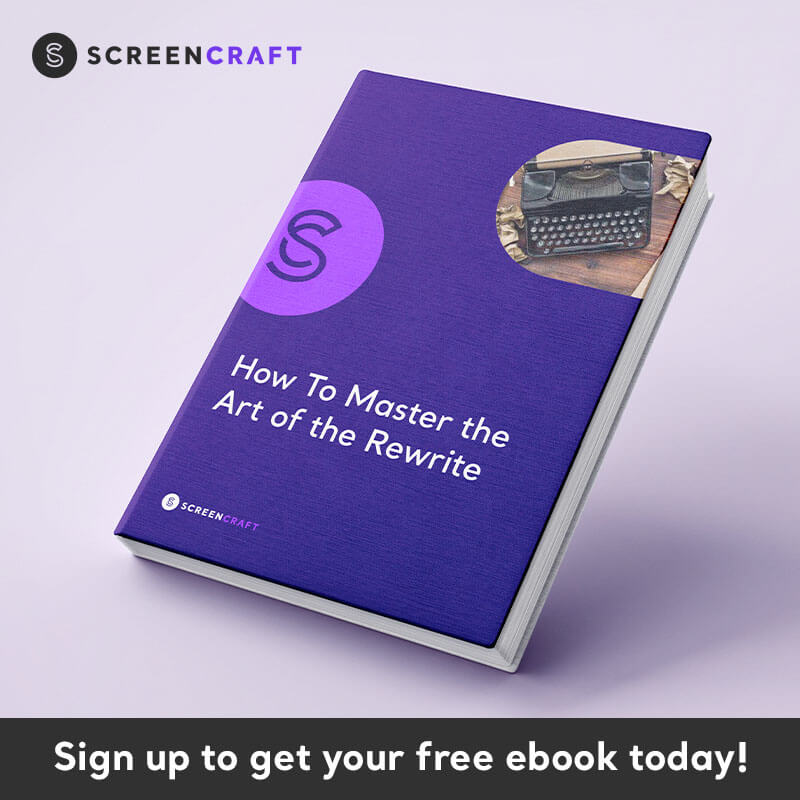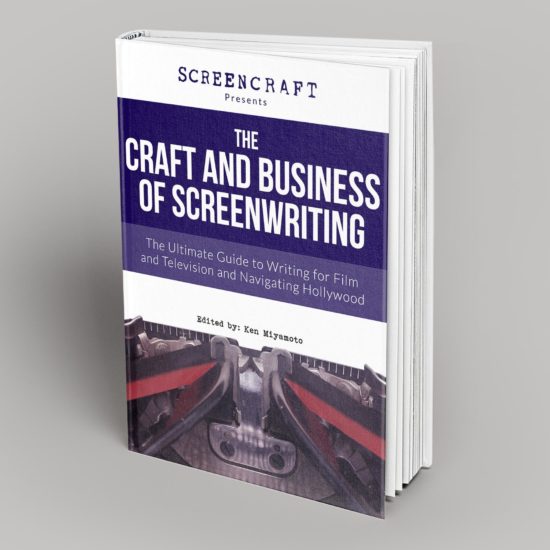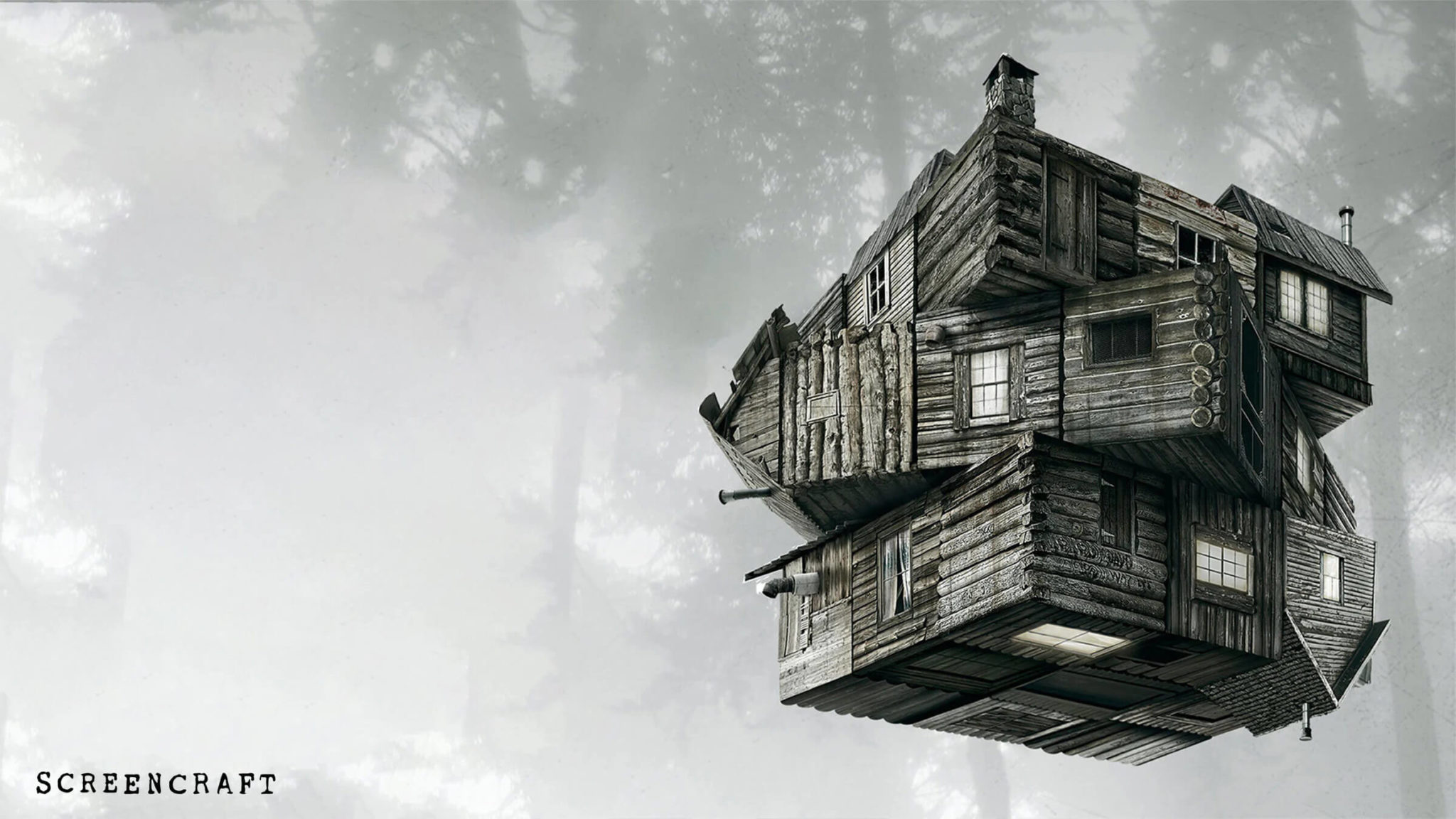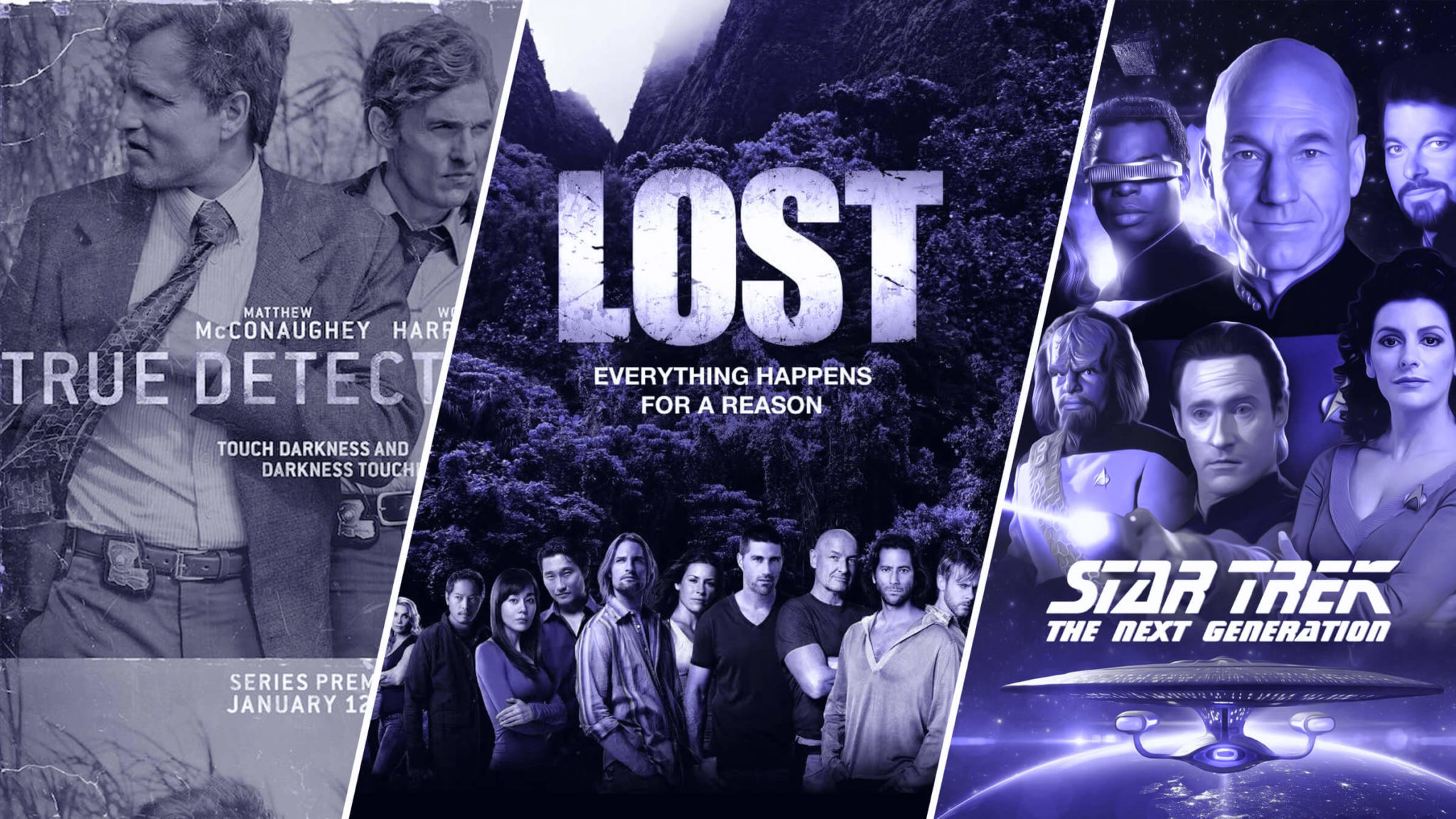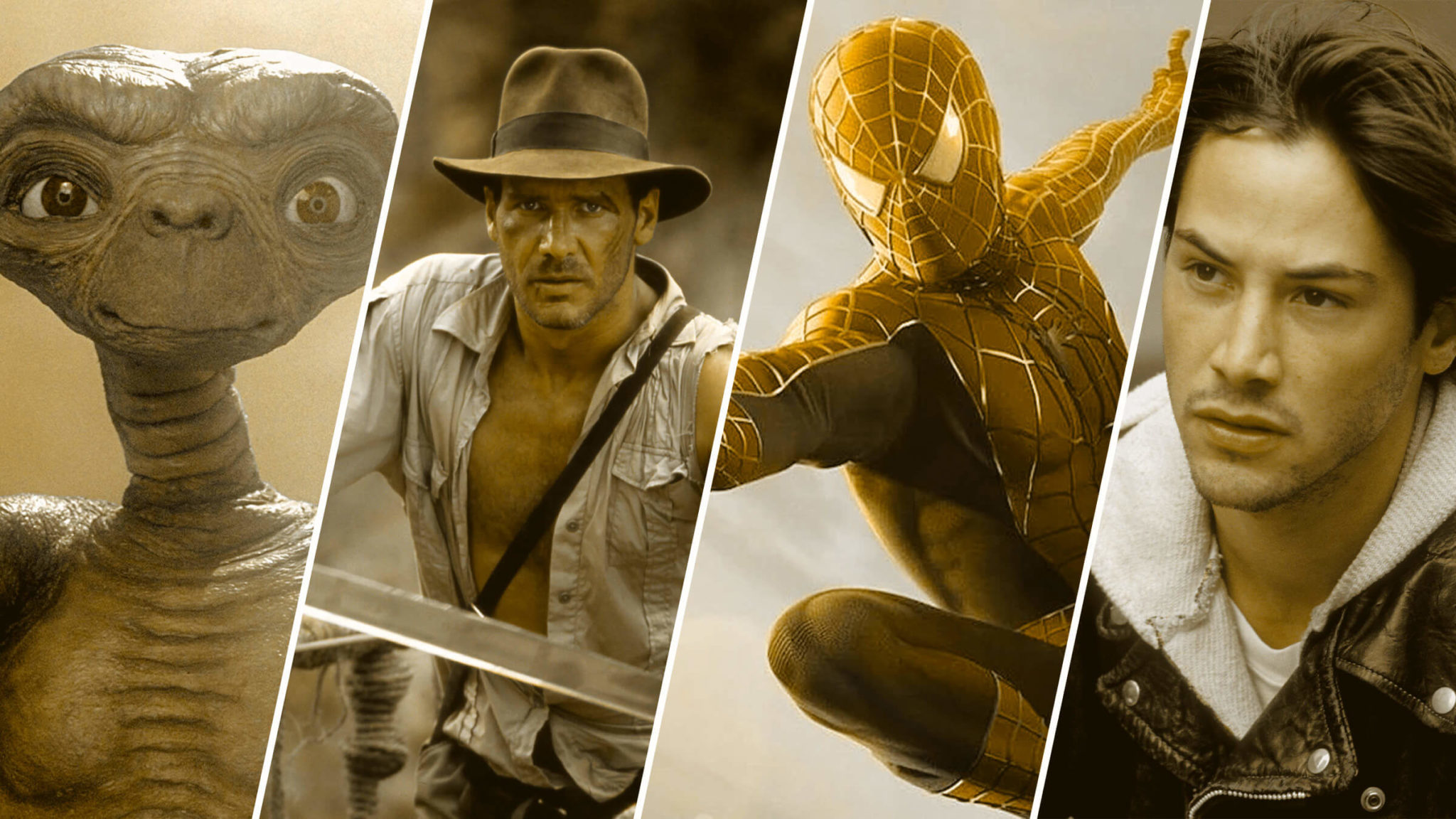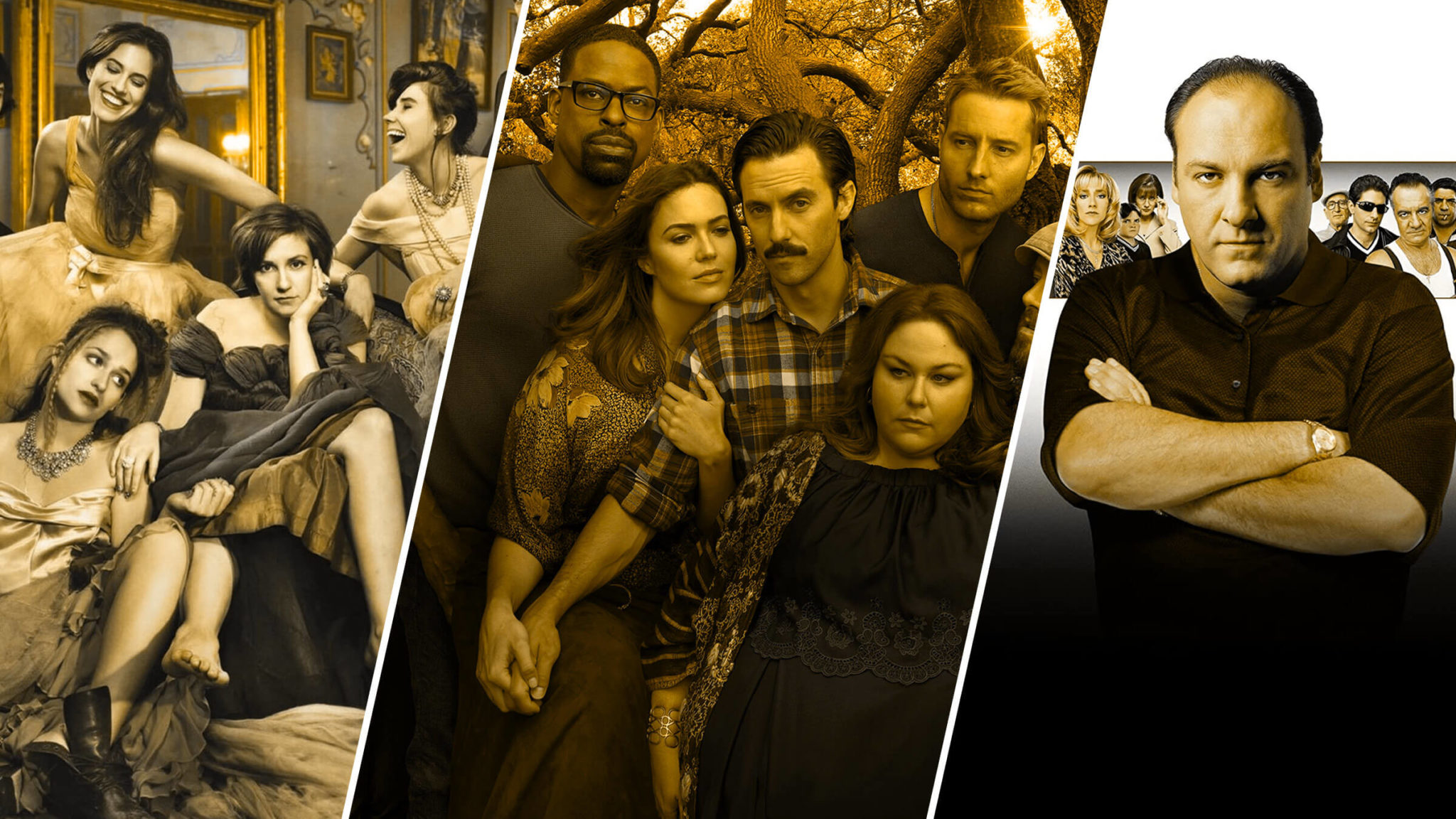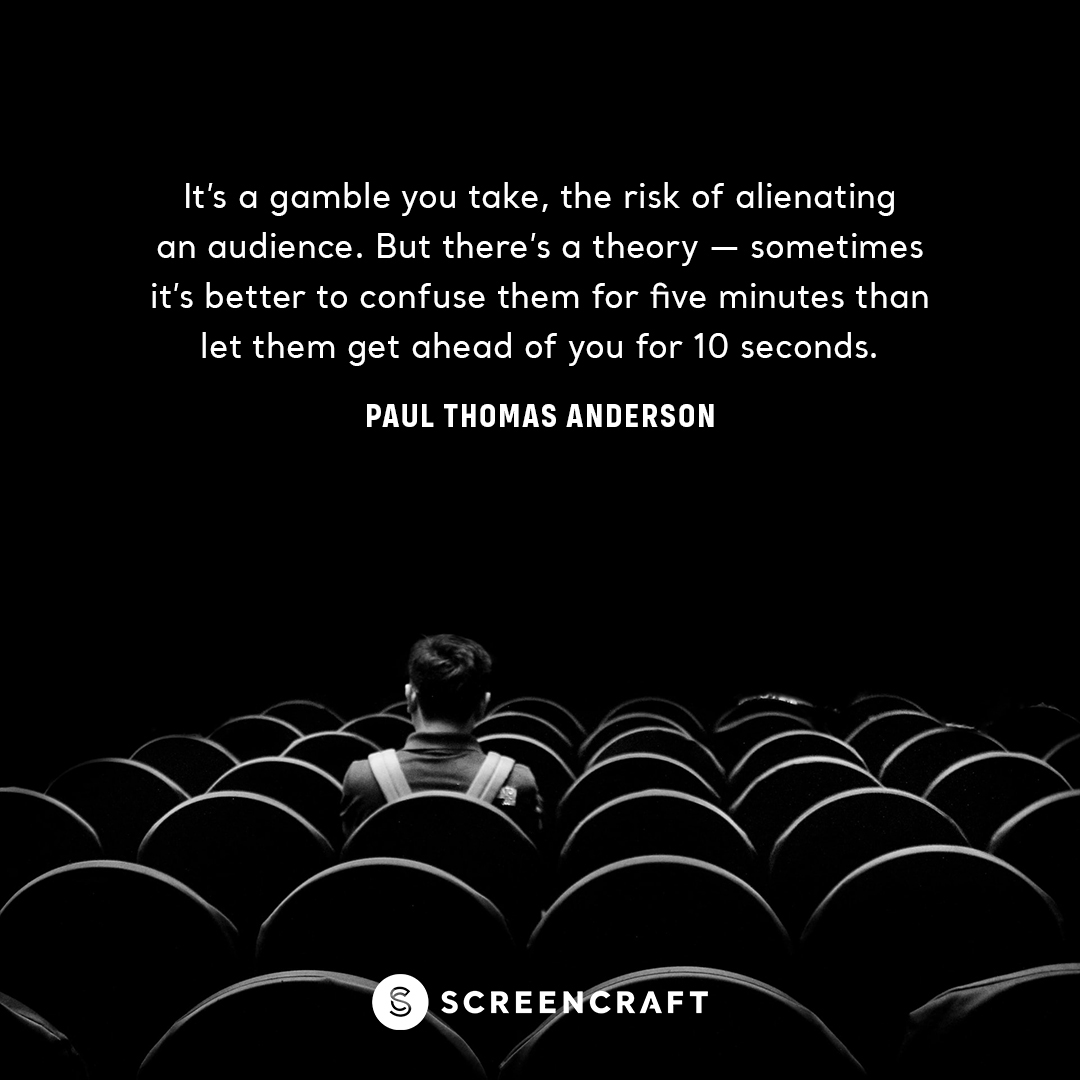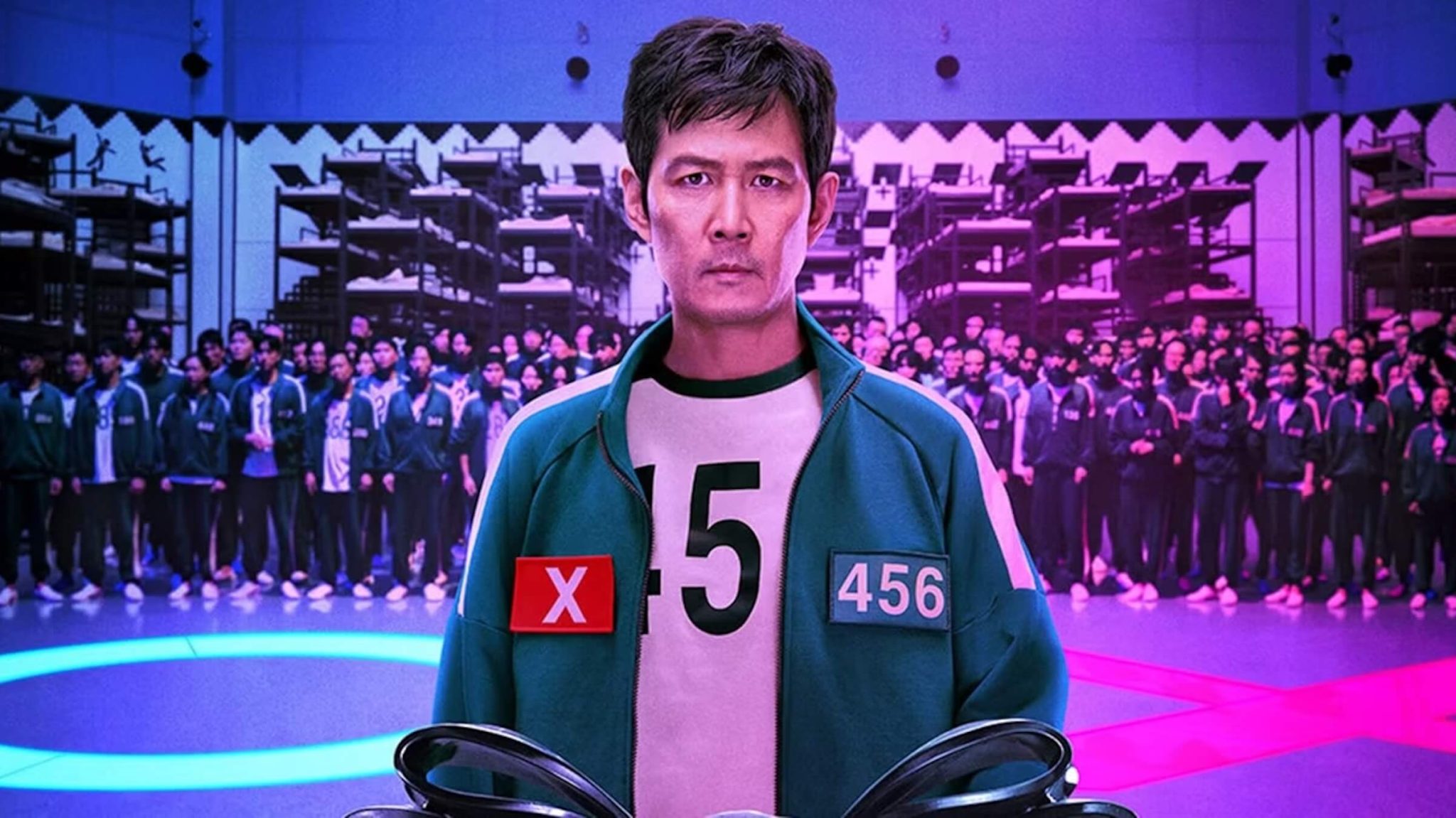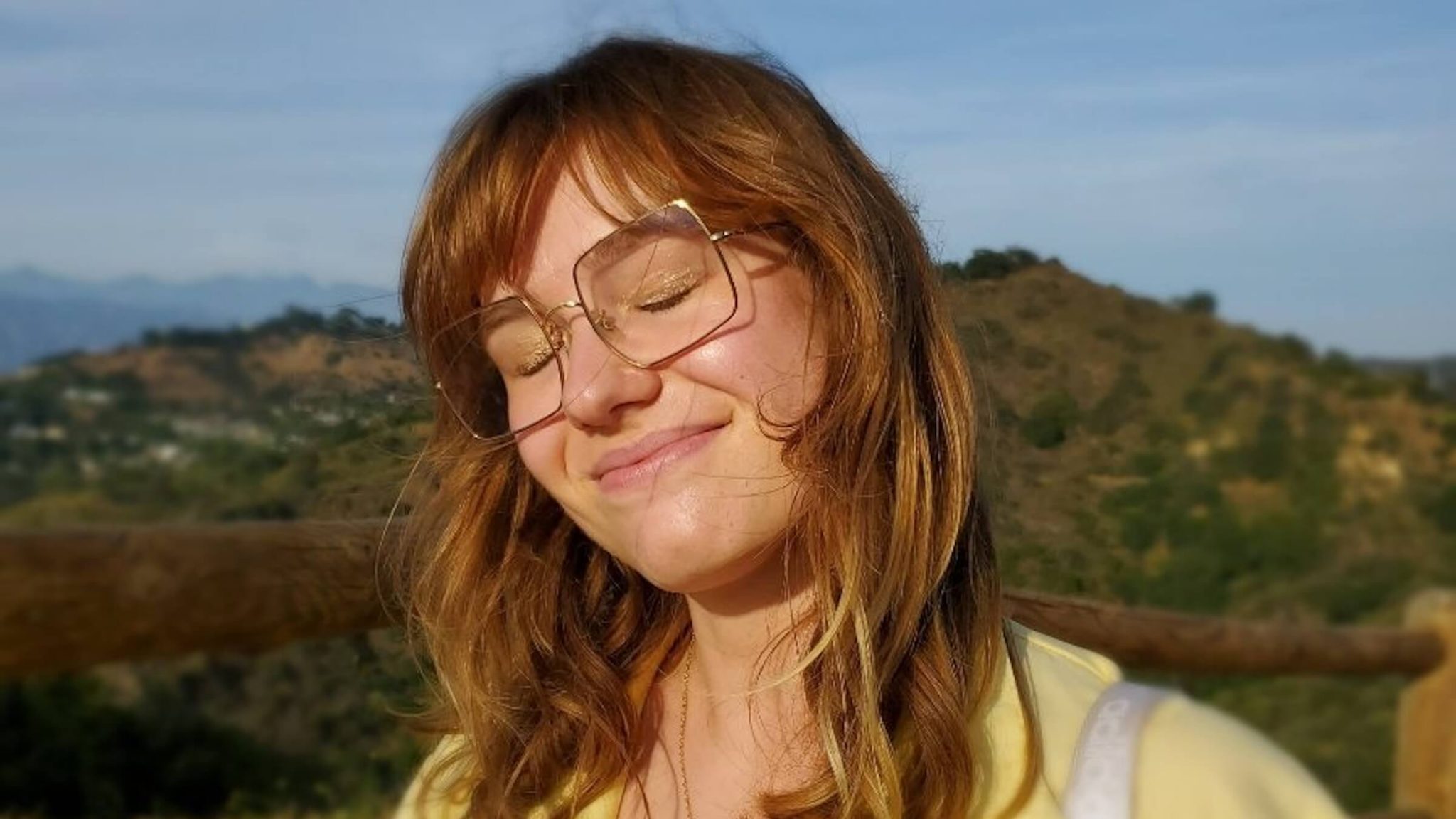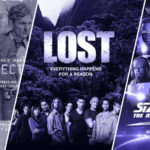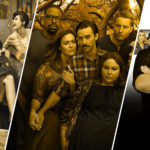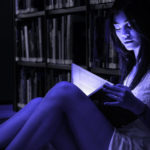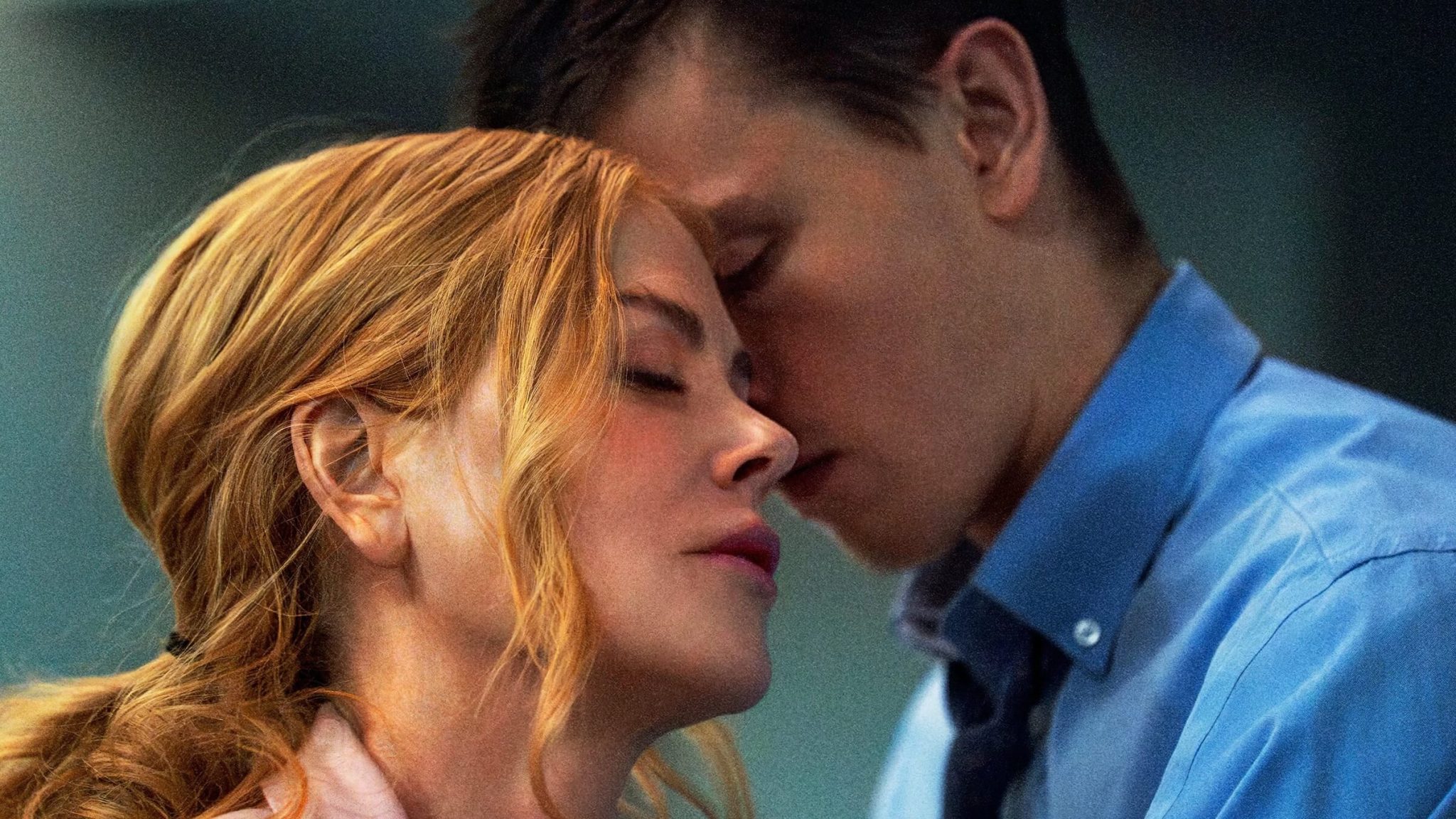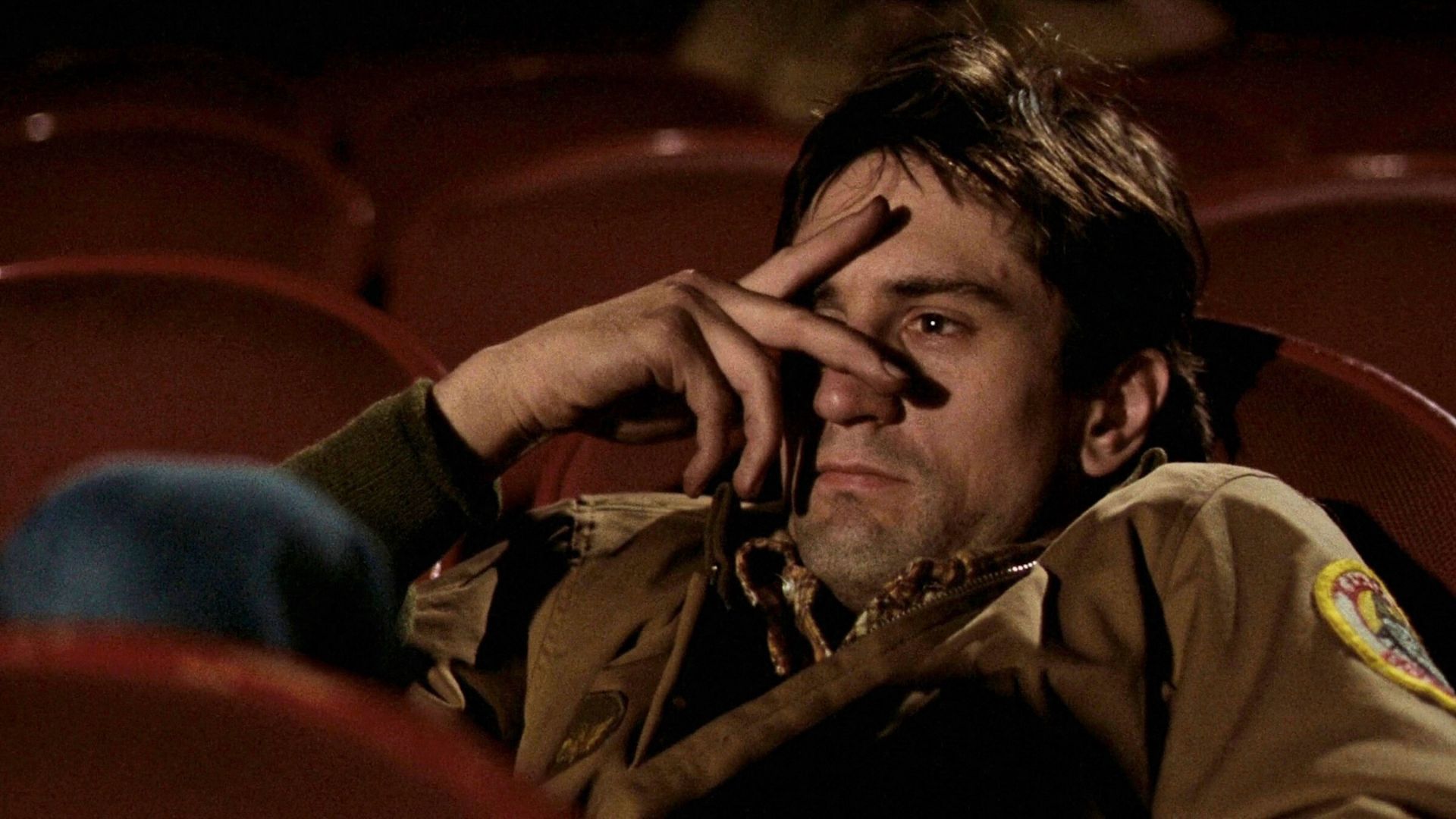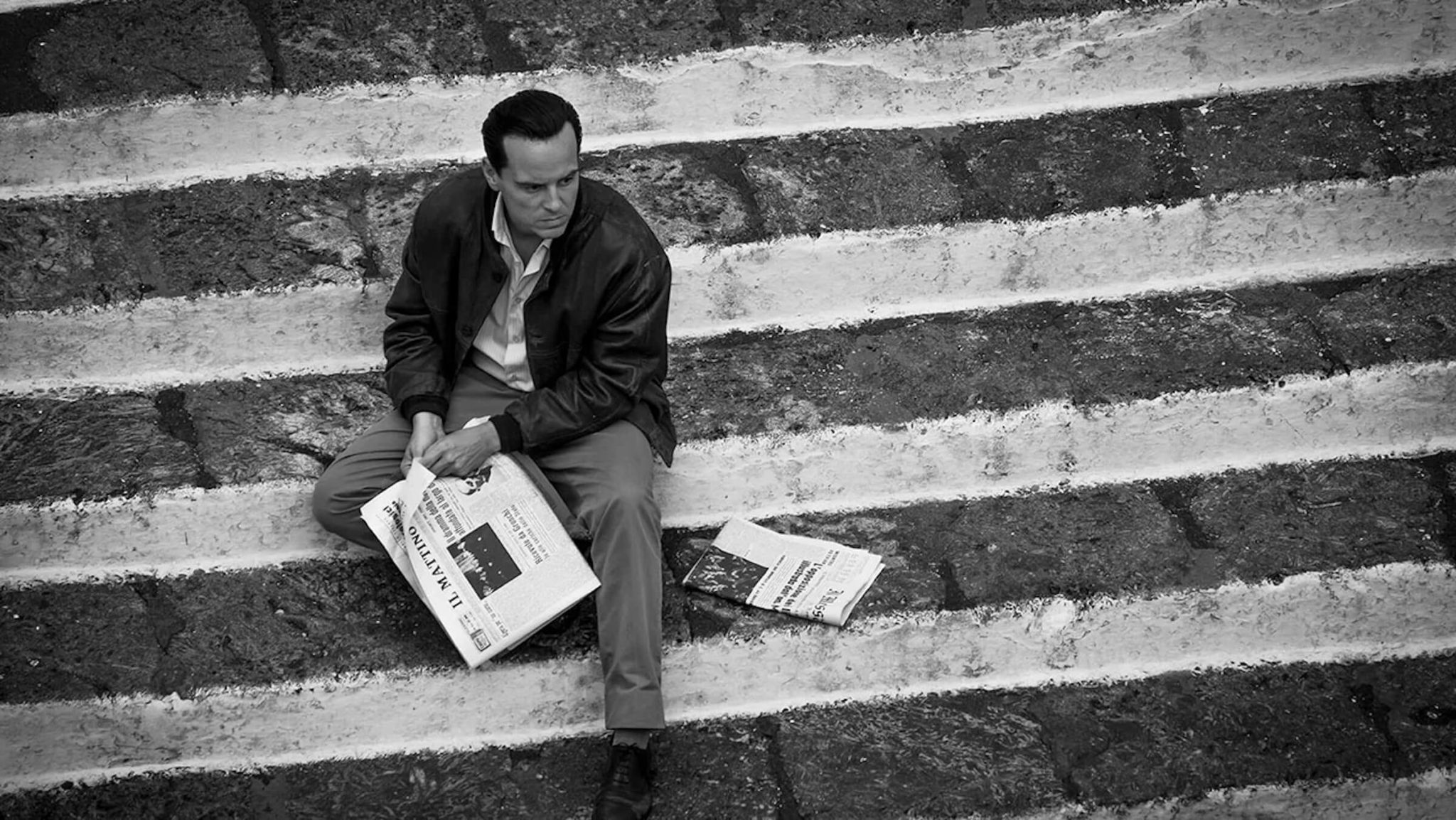
Every writer hopes to create characters that audiences love and relate to. Scores of well-intentioned creators have accidentally fallen into the trap of stereotypes when trying to execute universal archetypes. It’s helpful to consider the difference. While stereotypes confine who a character is, archetypes open up characters and move us to relate to them on a deeply psychological level. They reinforce the mythic connection between an audience and the characters in a story. We see ourselves in archetypes.
Author Jonah Sachs said that when we encounter stories based on mythic patterns, it feels more like we are remembering something we’ve forgotten, as opposed to hearing something we never knew. Carl Jung suggested there were likely as many archetypes as there were people in the world. While the definition of what makes a character archetypal may vary, most agree that they have a certain universal combination of traits we recognize and identify with on some level, even if we can’t put our finger on exactly where we’ve seen them play out before.
Here are 4 archetypes that can act as skeletons for designing a character. What sort of flesh, clothing, and rings you put on their fingers are up to you.
1. The Underestimated Exceptional
Overlooked by those around them, these archetypal characters often have an Achilles Heel that tends to get all the attention, until someone notices the brilliance hidden dormant inside of them. The key to executing The Underestimated Exceptional is embracing the true and universal potential that lies within every person while avoiding dishonest projections about reality.
Be cautious when crafting underestimated characters if his or her struggles are against racism, misogyny, or other obstacles and those struggles are not part of your own life journey. Inauthenticity can ruin the story of an Underestimated Exceptional more quickly than perhaps anything else. The Soloist, Good Will Hunting and the upcoming Second Act are all stories centered around The Underestimated Exceptional.
2. The Wise Old Sage
Images of Mr. Myagi, Gandolf, and Obi-Wan Kenobi immediately come to mind for many writers when we consider The Wise Old Sage. However, while a legendary archetype in Japanese culture, The Wise Old Woman is often sadly absent from Western stories. While she may not always get the starring role, she is sometimes found saving the protagonist from costly mistakes in cinematic narratives. The key to this archetype is embracing the wisdom that comes from experience while avoiding implying that old ways of thinking never need changing.
Red serves as a Wise Old Sage on Orange is the New Black. Gramma Tala serves as the same archetype in Moana. Gil is given the secret to overcoming his inner demons when his Grandmother shares an anecdote about why she prefers the rollercoaster to the merry-go-round in Parenthood—a classic example of the Wise Old Woman.
3. The Tenacious Underdog
Tenacious Underdogs can obviously be of any gender expression. Non-binary protagonists may face being underestimated for any number of reasons beyond simply their gender expression. Even though they have historically been the most common expression of the archetype, male protagonists must be fitted with a believable and external obstacle in order for audiences to resonate. We must buy why they are underrated or misjudged. With both implicit and explicit challenges railing against her, The Tenacious Woman soldiers on, overcoming chauvinism, doubt, and her own insecurities.
Women portraying this archetype often are silent about their struggles until an event forces a reaction or the character decides she has had enough and decides to externally challenge her circumstances. The key to executing The Tenacious Underdog is embracing a character that overcomes adversity while avoiding implicitly justifying systematic chauvinism, racism, gender binaries and heterosexist norms. Billy Jean King in Battle of the Sexes and Molly Carter in Insecure are both expressions of the archetypal female Tenacious Underdog while Jimmy McGill in Better Call Saul is a male version of the same classic archetype.
4. The Faithful Friend
Numerous protagonists have accomplished their narrative goals with the assistance of a Faithful Friend or compatriot. The key to executing The Faithful Friend archetype is embracing a character who can hold a mirror to the protagonist while avoiding dehumanizing himself or herself, especially if the character is a person of color. For many years, Hollywood confined men and women to the role of the “magical minority,” existing solely to benefit the Caucasian protagonist.
The Faithful Friend may be the only person in the protagonist’s life that can speak the truth. Often, this friend is willing to walk away from the friendship when the protagonist has lost their way and become stubborn. Until the protagonist is willing to change, the Faithful Friend must keep her or his distance. However, without fail in good stories, the protagonist does change, ushering in a triumphant return for The Faithful Friend.
Sam in The Lord of the Rings series is a prototypical example of The Faithful Friend. Leah sticks by the side of the protagonist throughout all her trials in Juno. Andrew and Jessi both embody The Faithful Friend archetype in Big Mouth, but in very different ways.
Every character within a story can embody any number of archetypes. A Mentor may also be a Faithful Friend to the protagonist. A Wise Old Sage may be an Underrated Exceptional. What remains central to using archetypal characters effectively is the universal qualities that audiences resonate with. When we see ourselves or someone we know in a character, we feel seen. We experience the sort of affirmation that only familiarity can deliver. While these archetypes can represent the best and the worst of us, at their core they represent the beauty of the human experience and all those we encounter in that journey.
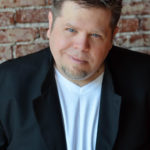 John Bucher is a mythologist, story strategist, and writer based out of Hollywood, California. He is the author of six books including the best-selling Storytelling for Virtual Reality. He has worked with companies including HBO, DC Comics, The History Channel, A24 Films and served as a consultant and writer for numerous film, television, and Virtual Reality projects. Currently, he teaches writing and story courses as part of the Joseph Campbell Writers Room at Studio School in Los Angeles and at the LA Film Studies Center.
John Bucher is a mythologist, story strategist, and writer based out of Hollywood, California. He is the author of six books including the best-selling Storytelling for Virtual Reality. He has worked with companies including HBO, DC Comics, The History Channel, A24 Films and served as a consultant and writer for numerous film, television, and Virtual Reality projects. Currently, he teaches writing and story courses as part of the Joseph Campbell Writers Room at Studio School in Los Angeles and at the LA Film Studies Center.
For all the latest ScreenCraft news and updates, follow us on Twitter, Facebook, and Instagram.
Tags
Get Our Screenwriting Newsletter!
Get weekly writing inspiration delivered to your inbox - including industry news, popular articles, and more!

